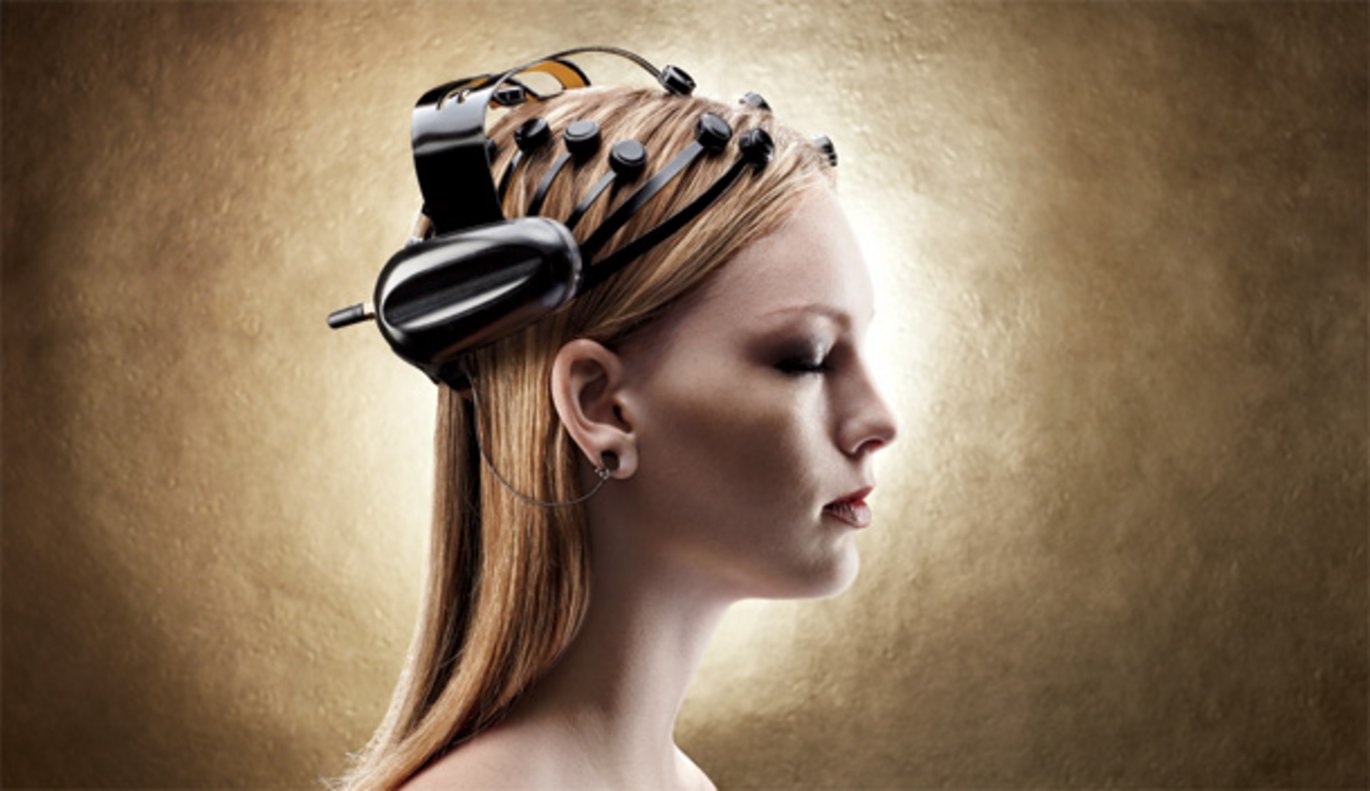Testing the validity of wireless EEG for cognitive research with auditory and visual paradigms.
"Recently gel-free wireless headsets designed for brain computer interface have advanced to the point where they offer an attractive alternative to traditional EEG methods. In this talk we present the results of our comparison, and give our recommendations for those interested in pursueing research with this type of equipment." By Ethan Weed & Alexandra Kratschmer, IMC.

Info about event
Time
Location
Interacting Minds Centre, Aarhus University, DK, Nobelparken, building 1483-3
Organizer
Interacting Minds Centre


